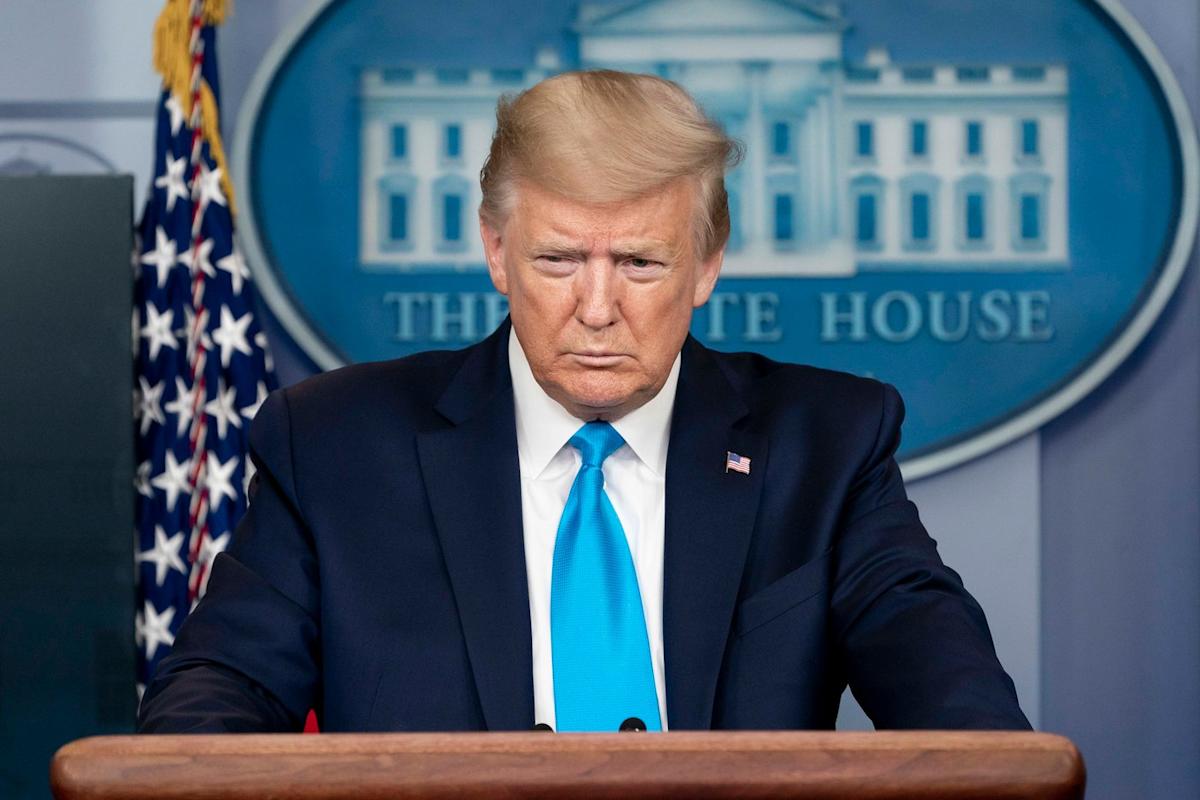Fears of Stagflation Rise Amid Trade Policy and Economic Concerns
- Small Town Truth

- Aug 9
- 2 min read

Fears of Stagflation Amplified by Trade Policies
The concept of stagflation poses a significant challenge for the U.S. economy, intertwining rising inflation with stagnant economic growth and high unemployment. Current signals indicate a potential shift towards this troubling mix, heightened by recent trade policies. As the Federal Reserve monitors these developments, investors are left contemplating the impact on market stability.
Recent adjustments in the job market, combined with President Trump’s trade strategies, have led to concerns about inflationary pressures. Despite assurances from Federal Reserve Chair Jerome Powell that short-term stagflation risks are minimal, the economic indicators suggest a shift that could merit further scrutiny.
Traditionally, the Federal Reserve adapts its strategies based on economic performance. In flourishing times, the focus tends to center on controlling inflation, while economic downturns prompt the Fed to lower interest rates in an effort to stimulate job growth. Stagflation, however, complicates this approach as any interventions may exacerbate inflation or destabilize employment rates.
Following Trump’s introduction of a 10% global tariff rate, inflationary effects have begun to manifest. The inflation rate rose in June, reaching 2.67% as reported by the U.S. Bureau of Labor Statistics (BLS), an increase from 2.35% in May. This uptick illustrates the initial economic impact of the tariff policy, highlighting a gradual escalation in consumer prices.
The BLS also released revised employment figures that pointed to a weakening jobs landscape. Notably, May’s job gain was revised down by 125,000, while June saw a correction of 133,000 fewer jobs than previously reported, despite a relatively low unemployment rate of 4.2% as of July.
Current Inflation Trends show modest upward pressure from tariffs, contributing to broader economic concerns.
The implications of Trump’s tariffs are further supported by research from the New York Federal Reserve, which highlighted that tariffs targeting imports can unintentionally elevate costs across the supply chain. This results in higher prices for consumers and businesses, indicating a potential trend towards decreasing economic output.
In light of these economic dynamics, Powell affirmed his belief that a stagflation scenario is unlikely at present, stating, "We have warned of it, but it is not something that we are facing or that we expect to face." Regardless, market analysts remain cautious as uncertainty often leads to volatility across major stock indexes such as the S&P 500, Dow Jones Industrial Average, and Nasdaq Composite.
Historically, the resilience of these major indexes during tough economic periods is noteworthy. For instance, while bear markets have generally lasted around 286 days, bull markets tend to endure nearly three-and-a-half times longer, averaging 1,011 days. This can provide some reassurance to long-term investors amid current fears.
As the economic landscape evolves, market participants are urged to stay informed. Analysts suggest that adjustments in investment portfolio strategies may be necessary to navigate through the potential for stagflation resulting from ongoing trade policies.
For investors considering options beyond the S&P 500, ten stocks have been identified as potentially outperforming the standard market benchmarks in the near future.
.png)